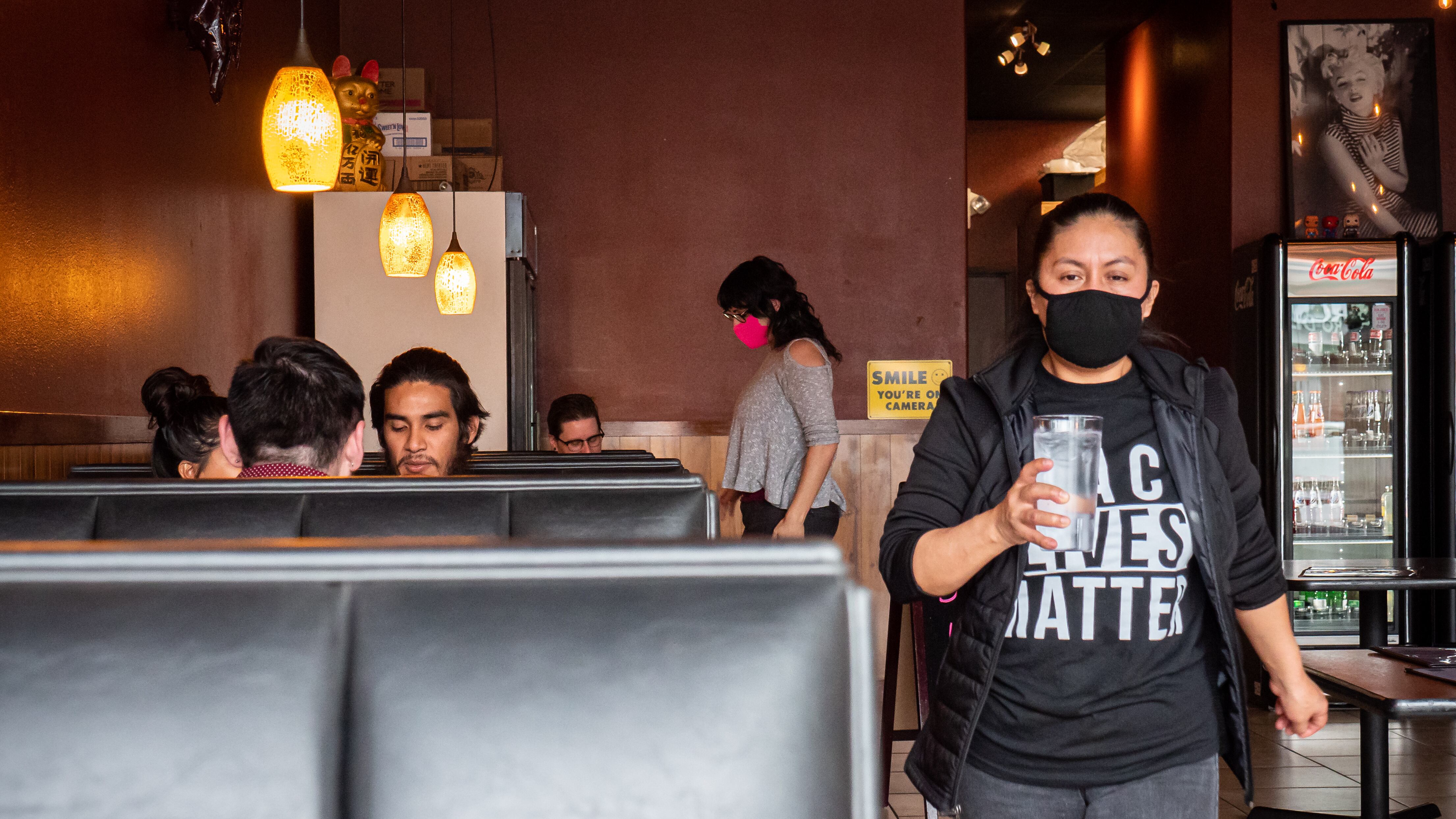The impacts of COVID-19—significant job loss combined with historically high poverty rates—have officially pushed Oregonians of color into a recession.
The Oregon Center for Public Policy released an analysis Aug. 7 that shows Oregonians identifying as Black, Latino, Pacific Islander or Native American are among those hit the hardest. On average, 25% of these minority groups lived below the poverty level between 2014 and 2018. By contrast, the poverty rate for white Oregonians was 12% during that same period.
Other groups facing high poverty rates are women, children, Oregonians with a disability, and rural Oregonians.
Even before the pandemic, these communities faced difficult circumstances.
On July 15, WW reported the stark reality differences between white and Black Multnomah County residents. In December 2019, 35% of the Black population lived in poverty, the highest rate of any racial or ethnic demographic.
"A return to the pre-COVID state of affairs is not something to aspire to. It's nowhere near good enough," said OCPP policy fellow Audrey Mechling. "The poverty figures show that, even during the best of times, the existing economic structures have been failing large swaths of Oregonians."
A family of four earning less than $26,200 a year is considered by federal standards to be living in poverty. But federal poverty measures are outdated and do not depict the full picture. Established in the 1960s, poverty guidelines do not take into account rising prices of health care and child care, according to the analysis.
Between 2014 and 2018, 1 in 3 single mothers lived below the poverty line. For single mothers of color, that number was 1 in 2. Children face long-term disadvantages and often continue the cycle of poverty when they don't get the resources and quality education to overcome these hardships.
OCPP also argues that the federal government isn't getting a clear view of the economic hardships faced by LGBTQ+ people.
Census data offers only two binary options for identifying gender, male or female, and does not gather information about sexual orientation or gender identity—so the data doesn't capture how LGBTQ+ people are faring. But OCPP points to a 2015 survey that found 30% of transgender Oregonians living in poverty.
OCPP emphasizes that returning to poverty levels before COVID-19, which have worsened, is not good enough.
"Even in the best of times, the economy was failing too many Oregonians," said Mechling. "As we rebuild from the biggest economic downturn in decades, we need to put in place structures that make poverty the product of a bygone era."
This reporting has been funded in part by a grant from the Jackson Foundation. See more Black and White in Oregon stories here.

